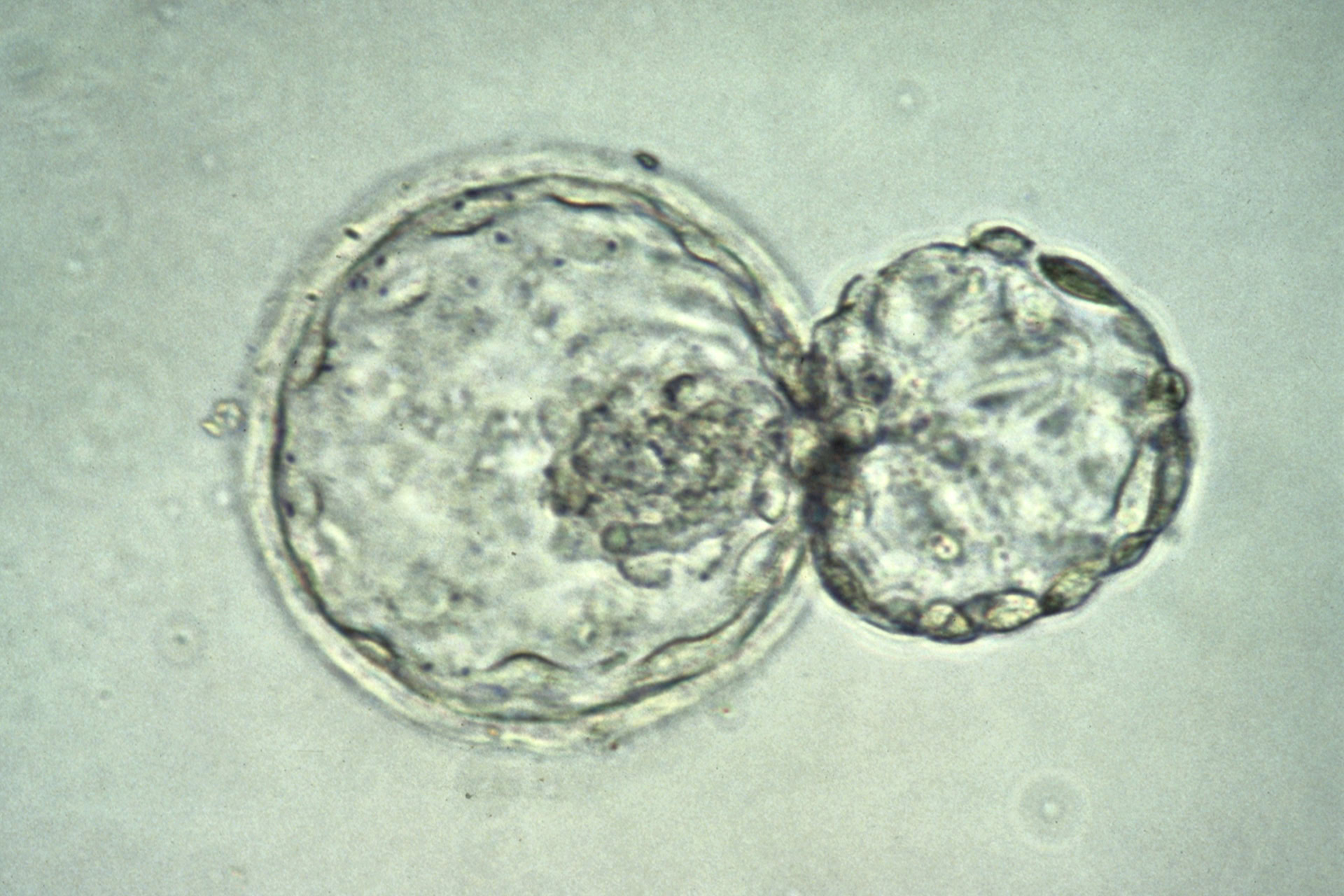Human embryonic stem cells (hESCs) are primed to self destruct in response to DNA damage in the developing embryo, scientists have reported. The research found that hESCs are highly responsive to DNA damage in the early stages of development, and can commit suicide for the greater good.
Embryonic stem cells give rise to every type of cell in the body and so it is vital that there are controls to stop any DNA damage being passed on throughout the embryo.
Dr Mohanish Deshmukh, who led the study at the University of North Carolina, said: 'Mutations that develop in these cells could be catastrophic for the developing organism, so it would make sense for these cells to be rapidly eliminated'.
The researchers used a chemotherapy drug to induce DNA damage in hESCs and found that almost all the cells died within five hours of exposure. This is much faster than fully matured cells, such as fibroblasts, which take 24 hours.
The hESCs were more resilient to other types of cellular stress that did not damage the DNA, suggesting they have a particular sensitivity to DNA damage.
The study, published in Molecular Cell, focused on the basic cell biology behind this sensitivity to DNA damage. Normally, a protein called Bax is switched on in cells undergoing this programmed cell death, which then directs the cell to die. However, they found that in hESCs it is switched on all the time, something previously unheard of.
'I was stunned', said Dr Deshmukh. 'I thought something was wrong. We spent a lot of time convincing ourselves that these cells were healthy and not actively dying'.
He explained that these cells do something 'very clever' - they keep Bax locked in a compartment of the cell called the Golgi, where it cannot switch the death process on. This means that if the DNA is damaged the cell can respond much more rapidly by releasing Bax from the Golgi.
This sensitive state appears to last only a few days during early development, as even 24 hours after the hESCs begin to differentiate into other cell types Bax is no longer switched on.
Dr Christopher Navara who studies embryonic stem cells at the University of Texas at San Antonio and was not involved in the study, described the research as 'convincing' in an email to The Scientist.





Leave a Reply
You must be logged in to post a comment.